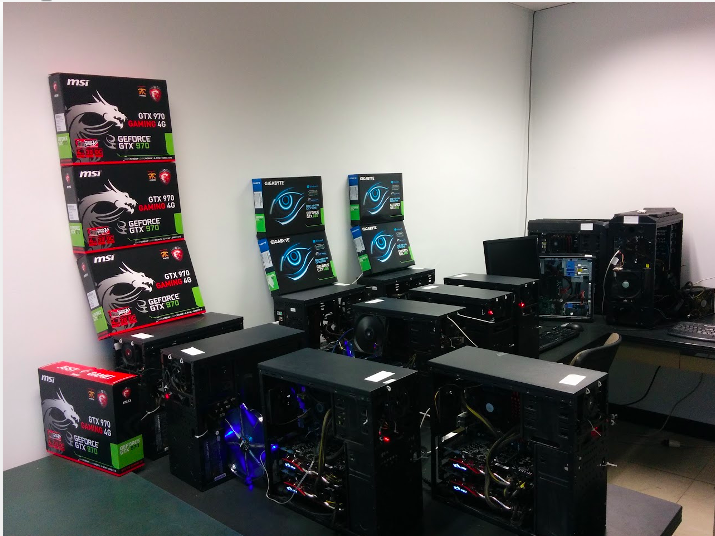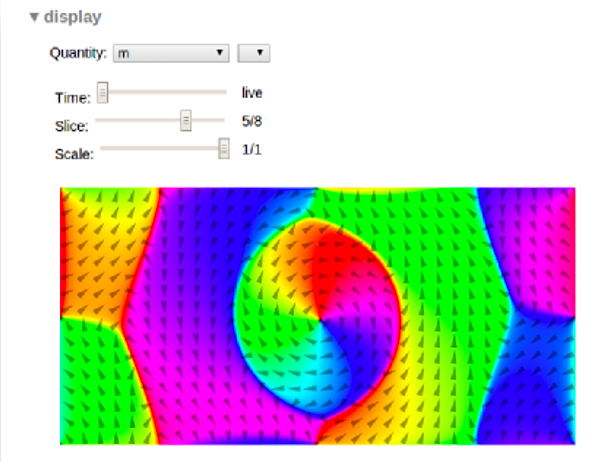Computational modelling requires the use of advanced software tools, which are not always readily available for state-of-the art physics problems. By developing such software yourself, you do not only advance your own research, but also provide a tool that can be used throughout the community. In this talk, I will discuss what makes scientific software successful using a case study of micromagnetic software, starting from my personal experience. After a short introduction on what these codes do, and some metrics you can use to measure their success, I’ll address how to tackle the development and distribution with a broad user base in mind.
Jonathan Leliaert is currently an FWO postdoctoral fellow in the DyNaMat research group, Ghent University, Belgium.

Dr. Leliaert obtained his PhD in physics from Ghent University and was selected as an Emerging Leader by Journal of Physics D: Applied Physics. He received several Postdoctoral Research Fellowships from the Research Foundation Flanders to continue his work in the DyNaMat group where he co-develops the micromagnetic software packages MuMax3 and Vinamax, and where he teaches courses on scientific computing and on nanomagnetism. His research interests include nanoscale magnetization dynamics in thin films and nanoparticles.
This seminar took place via Microsoft Teams on Wednesday 13 October 2021; a blog report can be found here.


